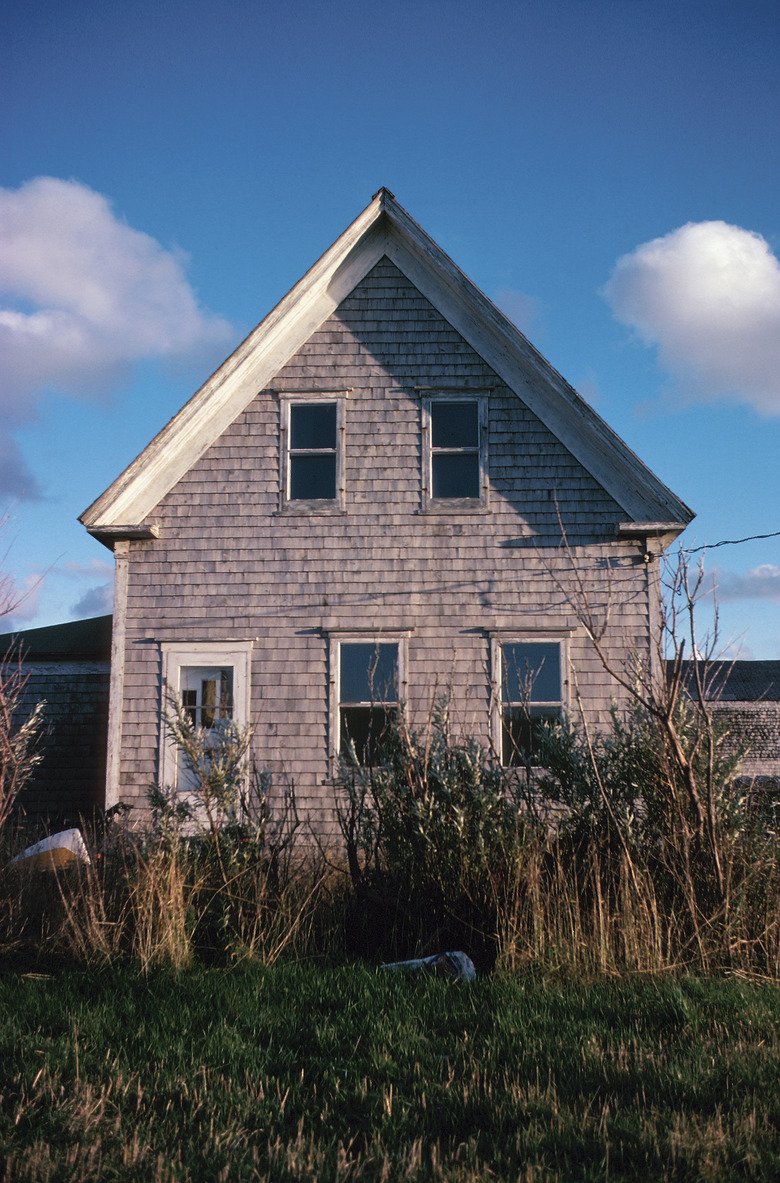Scotts Lime Treatment For Lawns
A healthy lawn provides an aesthetic addition to your home, but a dead or dying lawn can change the whole exterior of the house. For years, many homeowners have applied lime to their lawn to add to its health and maintenance.
A healthy lawn provides an aesthetic addition to your home, but a dead or dying lawn can change the whole exterior of the house. For years, many homeowners have applied lime to their lawn to add to its health and maintenance. However, even with the recognized brand name like Scotts, lime can cause more harm than good if not used properly.
Lime
Adding lime to your lawn will correct the soil acidity level and control various parasites including fleas. A caustic material containing alkaline, lime consists of calcium that varies depending on the specific type of lime. Various types of lime are available and each has its pluses and minuses. Hydrated lime is the most caustic of limes available for lawns. It is extremely toxic and not typically recommended for use. Burnt lime — also called quick lime — works faster and is more caustic than ground lime. Ground lime contains mostly calcium and is the most commonly used lime. Dolomite lime is similar to ground lime, as it is not as caustic as hydrated or burnt lime and safer to use. Dolomite lime contains equal parts magnesium and calcium carbonate.
- A healthy lawn provides an aesthetic addition to your home, but a dead or dying lawn can change the whole exterior of the house.
- Dolomite lime is similar to ground lime, as it is not as caustic as hydrated or burnt lime and safer to use.
Scotts Lime Treatment
You will not be able to find lime under the Scotts Company name or brand logo. However, it does offer dolomite lime from its organic line of gardening products called Whitney Farms. Whitney Farms provides an alternative to overuse of chemicals in gardening and lawn maintenance. Created with high-quality organic material, Whitney Farms dolomite lime is available in 5-lb. bags and applied in the same manner as ground lime.
Applying Lime
While wearing a pair of work gloves, pour the dolomite lime into a lawn spreader. Using a lawn spreader will help distribute the lime more evenly onto the lawn. Begin at one end of the lawn and push the spreader in a straight line toward the opposite side. Rotate the spreader and — with the spreader right next to the line you just passed — push the spreader in a straight line toward the opposite side. Continue in this manner until you have applied the lime to the entire lawn.
- You will not be able to find lime under the Scotts Company name or brand logo.
- While wearing a pair of work gloves, pour the dolomite lime into a lawn spreader.
Considerations
Test your soil and examine the results before liming lawns. Adding lime to your lawn when not required will create a slew of problems including burned grass. The optimum soil pH level for grass growth is between 6.0 and 7.0. Soil testing kits are available at home improvement and garden centers, or take a sample to your county extension office for a low-cost detailed test.
